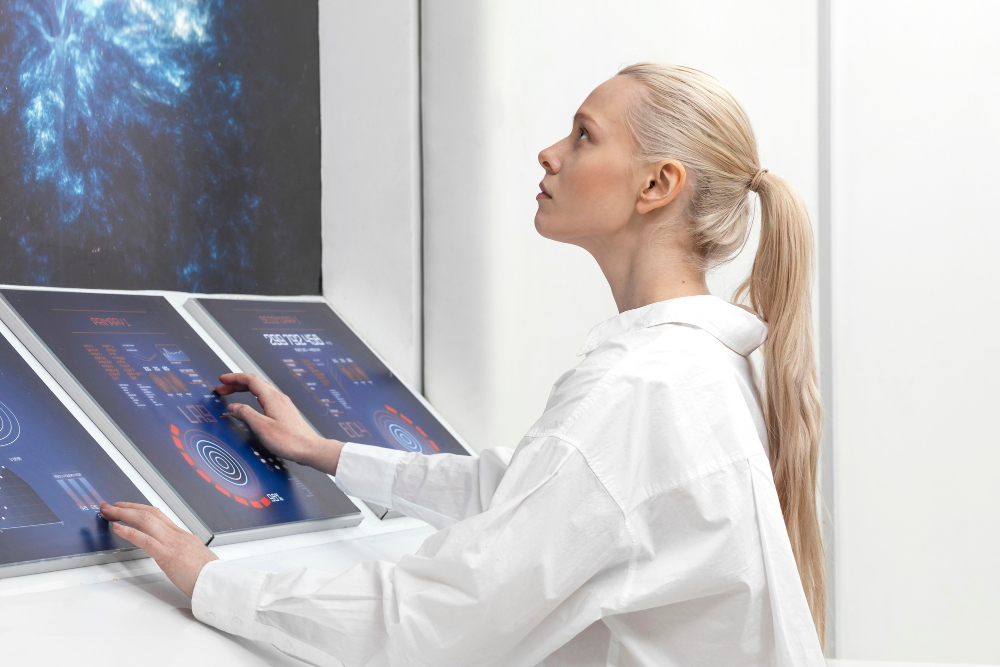Artificial Intelligence (AI) has been making significant strides in revolutionizing various industries, and one field where its impact is particularly noteworthy is radiology. The convergence of advanced technology and medical imaging has paved the way for a new era in healthcare, with AI playing a pivotal role in the interpretation and analysis of radiological images. In this article, we will explore the current state of AI in radiology, delve into its applications, and contemplate the future directions it might take.
What is AI in Radiology?
At its core, AI in radiology involves the use of machine learning algorithms and deep neural networks to analyze medical images with a level of precision and efficiency that surpasses traditional methods. The primary goal is to assist radiologists in diagnosing diseases, identifying abnormalities, and providing timely and accurate medical insights. AI in radiology is not intended to replace the expertise of radiologists but rather to enhance their capabilities and streamline the diagnostic process.
AI Applications in Radiology
The applications of AI in radiology are diverse and continually expanding, contributing to improved patient outcomes and more efficient healthcare workflows. One of the key areas where AI has shown promise is in the early detection of diseases. Machine learning algorithms can analyze vast datasets of medical images, recognizing subtle patterns and anomalies that might be overlooked by the human eye. This early detection capability is particularly crucial in conditions such as cancer, where timely intervention can significantly impact treatment success rates.
Additionally, AI plays a crucial role in image segmentation, helping to identify and outline specific structures or areas of interest within a radiological image. This aids in precise anatomical localization and facilitates targeted treatment planning. The ability of AI to rapidly process large volumes of imaging data also contributes to faster turnaround times for radiological reports, enhancing overall diagnostic efficiency.
Current State of AI in Radiology
As of now, AI applications in radiology have made substantial progress, with several commercially available solutions and ongoing research initiatives. The integration of AI tools into Picture Archiving and Communication Systems (PACS) has become commonplace, allowing radiologists to seamlessly incorporate AI algorithms into their daily workflow. The technology has proven its worth in various imaging modalities, including X-rays, CT scans, MRI, and ultrasound.
The accuracy of AI algorithms in image interpretation has steadily improved, reaching a point where they can rival or even surpass human performance in specific tasks. However, challenges remain, including the need for extensive datasets for training models and ensuring the robustness of algorithms across diverse patient populations.
Future Directions in AI in Radiology
Looking ahead, the future of AI in radiology holds immense promise. Researchers and developers are actively exploring ways to enhance the capabilities of AI algorithms, making them more adaptable to complex clinical scenarios. Integration with other emerging technologies, such as 5G and the Internet of Things (IoT), is anticipated to further optimize data transfer speeds and connectivity, facilitating real-time collaboration and remote diagnostics.
One exciting avenue for future development is the personalization of AI algorithms for individual patients. Tailoring algorithms to the unique characteristics of each patient’s anatomy and medical history could significantly enhance diagnostic accuracy and treatment planning. This individualized approach aligns with the broader trend of precision medicine, where treatments are customized based on a patient’s specific genetic makeup and other factors.
The incorporation of explainable AI is another area that holds great importance for the future of AI in radiology. As these algorithms become more complex, there is a growing need for transparency in their decision-making processes. Explainable AI ensures that radiologists and clinicians can understand and trust the results provided by AI systems, fostering a collaborative relationship between humans and machines.

